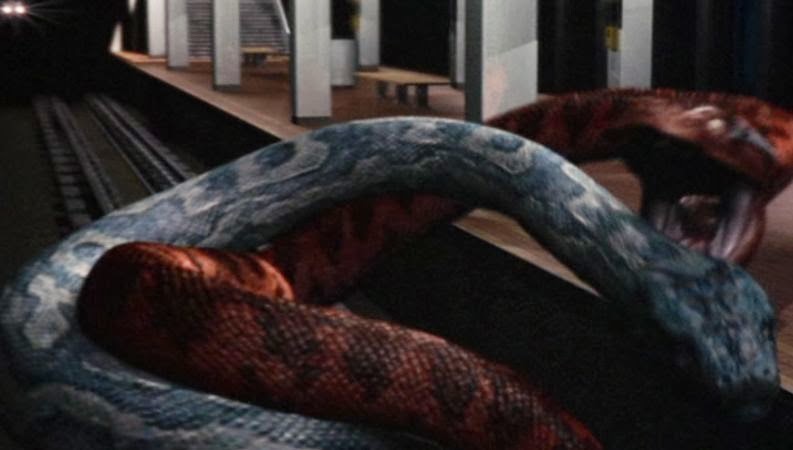

Pythons also have the ability to sense heat using pits along their lips to detect even the tiniest differences when hunting warm-blooded prey.

Even though most snakes only have one lung, both pythons and boas have two. Pythons have more bones in their head and a pair of upper jaw bones containing teeth. One of the biggest differences between pythons and boas is their anatomy. Some pythons have elaborate patterns, and others are solid colors like brown or bright green. The size and coloration of these snakes can vary depending on their natural habitats.

The python family contains some of the biggest snakes in the world, topping out at over 33 feet long. Although pythons are similar to boas in that they constrict their bodies around their prey to kill them, they are two different species with distinctive characteristics. The name python refers to both the Pythonidae family and the Python genus. Pythons are considered animals from the Old World. Python Overview Image Credit: Jodi Erickso, ShutterstockĪlthough the idea of a large snake scares quite a few people, there are a few who don’t shy away from these unique animals.


 0 kommentar(er)
0 kommentar(er)
